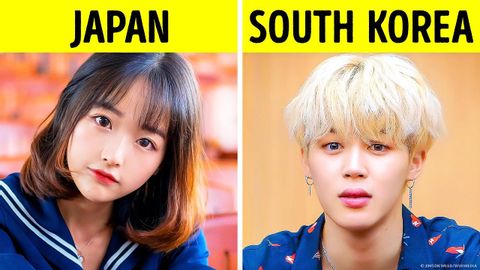
Subtitles & vocabulary
Scientists Finally Explain Why Asians Look So Cute
00
Cathy Yen posted on 2022/10/18Save
Video vocabulary
subscribe
US /səbˈskraɪb/
・
UK /səb'skraɪb/
- Verb (Transitive/Intransitive)
- To regularly pay to receive a service
B1TOEIC
More perceive
US /pɚˈsiv/
・
UK /pə'si:v/
- Transitive Verb
- To notice or become aware of something
- To think of someone or something in a certain way
B1TOEIC
More phenomenon
US /fɪˈnɑməˌnɑn, -nən/
・
UK /fə'nɒmɪnən/
- Noun (Countable/Uncountable)
- Unusual event, fact that can be studied
- Interesting or unusual person, group
B1
More instinct
US /ˈɪnˌstɪŋkt/
・
UK /'ɪnstɪŋkt/
- Noun
- Natural way of thinking; intuition
- Natural way (person or animal) thinks, behaves
B1
More Use Energy
Unlock All Vocabulary
Unlock pronunciation, explanations, and filters
